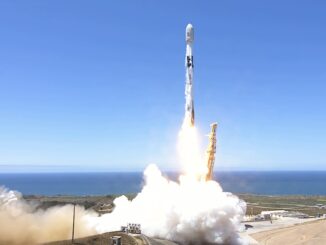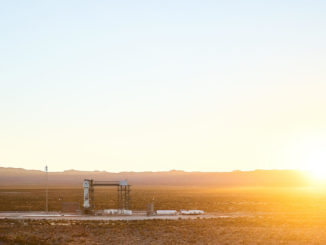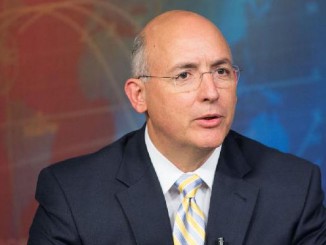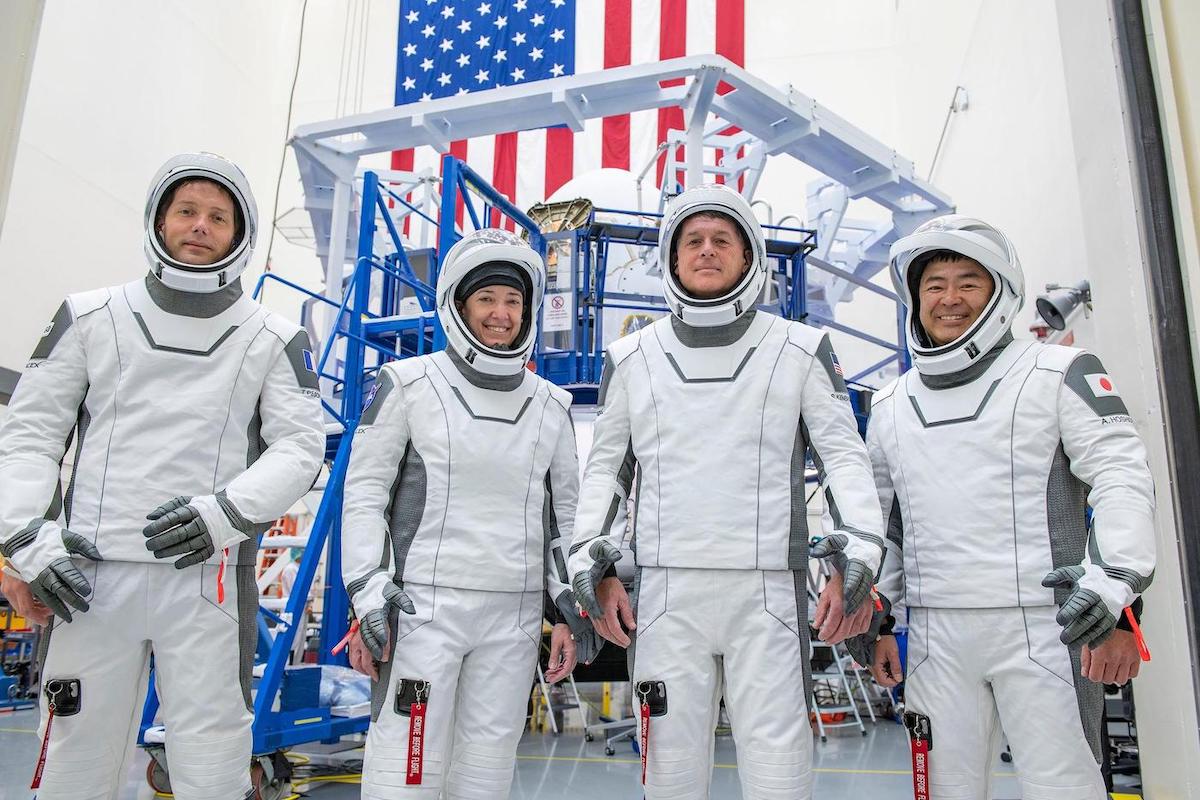
Seven astronauts and cosmonauts are gearing up for launches April 9 and April 22 to the International Space Station, replacing seven outgoing crew members set to land in Kazakhstan and off the coast of Florida on April 17 and April 28.
The back-to-back crew rotations will make for a busy month on the orbiting research complex. Preparations for the arrival of the fresh crew members are already underway on the space station.
First up will be the relocation of a SpaceX Crew Dragon spaceship to a new docking port on the space station Monday. NASA astronaut Mike Hopkins, commander of the Crew Dragon “Resilience” spaceship, will be joined by crewmates Victor Glover, Soichi Noguchi, and Shannon Walker for the fully automated 45-minute relocation maneuver.
The Dragon astronauts, who launched Nov. 15 as part of SpaceX’s “Crew-1” mission, will be aboard the Crew Dragon Resilience spacecraft and suited up for re-entry, just in case the capsule has trouble linking up with the new docking port and needs to return to Earth.
The Crew Dragon Resilience spacecraft will detach from the forward port of the space station’s Harmony module and fly to a position above the outpost, then move in to dock with a port on the top of the Harmony module. The relocation will clear the way for the next Crew Dragon mission to connect with the space station’s forward-facing port.
Once the Crew-1 mission leaves the station in late April, the top-facing docking port will be freed up for the arrival of a Dragon cargo freighter in June. That mission will deliver new solar arrays to the space station, and docking on top of the Harmony module gives the station’s robotic arm the ability to reach into the Dragon capsule’s cargo bay to extract the solar panels.

Next up is the launch of a Russian Soyuz MS-18 spacecraft with commander Oleg Novitskiy, cosmonaut Pyotr Dubrov, and NASA astronaut Mark Vande Hei. The Soyuz crew is scheduled to blast off from the Baikonur Cosmodrome in Kazakhstan on April 9 at 3:42 a.m. EDT (0742 GMT).
Novitskiy, 49, will launch on his third expedition to the space station after spending 340 days in orbit on his two previous missions. Vande Hei, 54, is a retired U.S. Army colonel who logged 168 days in orbit on a space station mission in 2017 and 2018. Dubrov, 43, is preparing for his first trip to space.
The Soyuz MS-18 spacecraft will launch on a fast-track rendezvous with the space station, using a perfectly-timed liftoff from Baikonur to quickly approach the orbiting complex for docking at 7:07 a.m. EDT (1107 GMT).
The crew on the space station will temporarily swell to 10 people until the outgoing Soyuz MS-17 crew departs the research lab one week later.
Undocking of the Soyuz MS-17 spacecraft with commander Sergey Ryzhikov, flight engineer Sergey Kud-Sverchkov, and NASA astronaut Kate Rubins is scheduled for 9:33 p.m. EDT on April 16 (0133 GMT on April 17). The Soyuz capsule is scheduled to parachute to a landing on the steppes of Kazakhstan at 12:56 a.m. EDT (0456 GMT) on April 17.
Ryzhikov, Kud-Sverchkov, and Rubins launched Oct. 14 from Baikonur. Their return to Earth on April 17 will wrap up a 185-day mission.
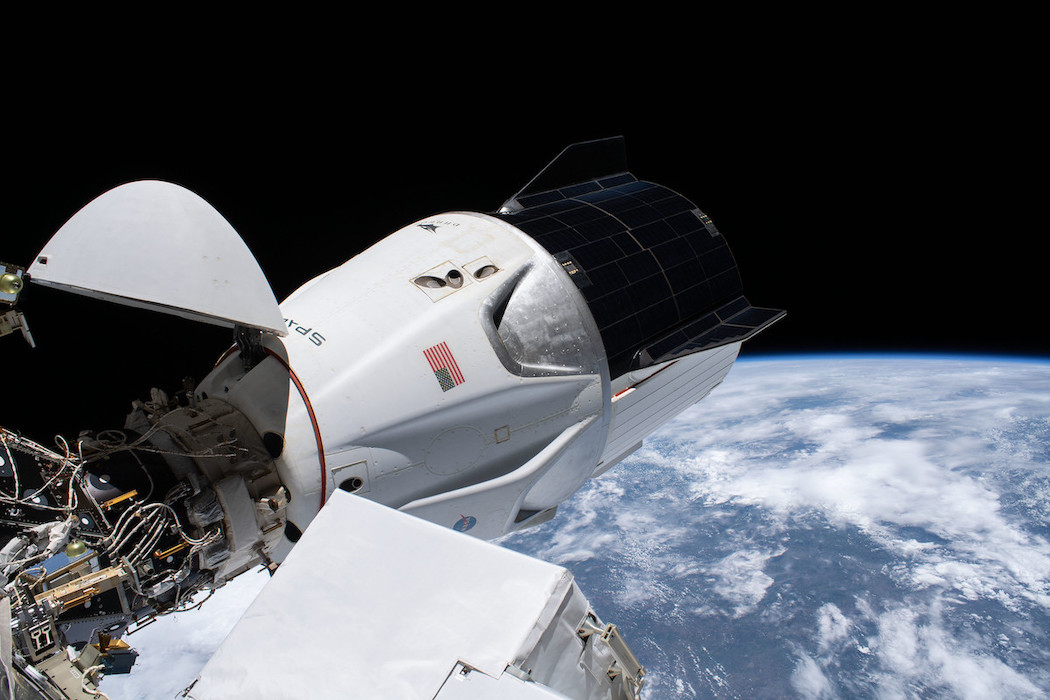
With the Soyuz crew rotation complete, SpaceX and NASA will be cleared to launch the second operational Crew Dragon mission to the space station April 22.
The Crew Dragon Endeavour spaceship, refurbished after launching with NASA astronauts Doug Hurley and Bob Behnken on a test flight last year, is set for blastoff from pad 39A at NASA’s Kennedy Space Center in Florida at 6:11 a.m. EDT (1011 GMT) on April 22.
An all-veteran crew will rocket into space on top of a Falcon 9 launcher powered by a reused first stage booster, which SpaceX recovered after the Crew-1 liftoff last November.
NASA astronaut Shane Kimbrough, a 53-year-old former Army helicopter pilot, is commander of the Crew-2 mission. He is a veteran of two previous space missions, including a flight on the space shuttle Endeavour in 2008 and a long-duration expedition on the space station in 2016 and 2017.
The Crew-2 pilot is Megan McArthur, 49, who has one space shuttle flight in her career. McArthur was an oceanographer before her selection as a NASA astronaut. She flew on the space shuttle Atlantis on a 2009 servicing mission to the Hubble Space Telescope. This will be her first mission to the International Space Station.
Japanese astronaut Akihiko Hoshide and French-born European Space Agency astronaut Thomas Pesquet will also fly on the Crew-2 mission. Hoshide, 52, is an aerospace engineer with decades of experience in Japan’s space program. This is his third spaceflight, after a mission on the space shuttle Discovery in 2008 and then spent four months on the space station in 2012.
Pesquet is a 43-year-old former Air France airline pilot with one previous trip to the space station under his belt. He lived and worked on the space station in 2016 and 2017, flying to the complex on the same Soyuz mission as Russian cosmonaut Oleg Novitskiy, who will arrive at the station two weeks before the Crew-2 mission docks later this month.

Assuming the Crew-2 mission takes off April 22, Kimbrough and his crewmates will reach the space station for an automated docking at 5:29 a.m. EDT (0929 GMT) on April 23.
Their arrival will start a five-day handover with the Crew-1 astronauts, when the space station will briefly host 11 crew members.
The Crew-1 astronauts are scheduled to board their Crew Dragon Resilience spacecraft and undock from the space station April 28 at 5 a.m. EDT (0900 GMT). The Crew Dragon capsule will fire its Draco thrusters to target a parachute-assisted splashdown off the coast of Florida at 12:35 p.m. EDT (1635 GMT) the same day.
NASA and SpaceX officials held a Stage Operations Readiness Review on Monday to confirm the target dates for the Crew-2 launch and docking, and the Crew-1 mission’s return to Earth. A Flight Readiness Review on April 15 will formally set the launch date for the Crew-2 mission.
Email the author.
Follow Stephen Clark on Twitter: @StephenClark1.

